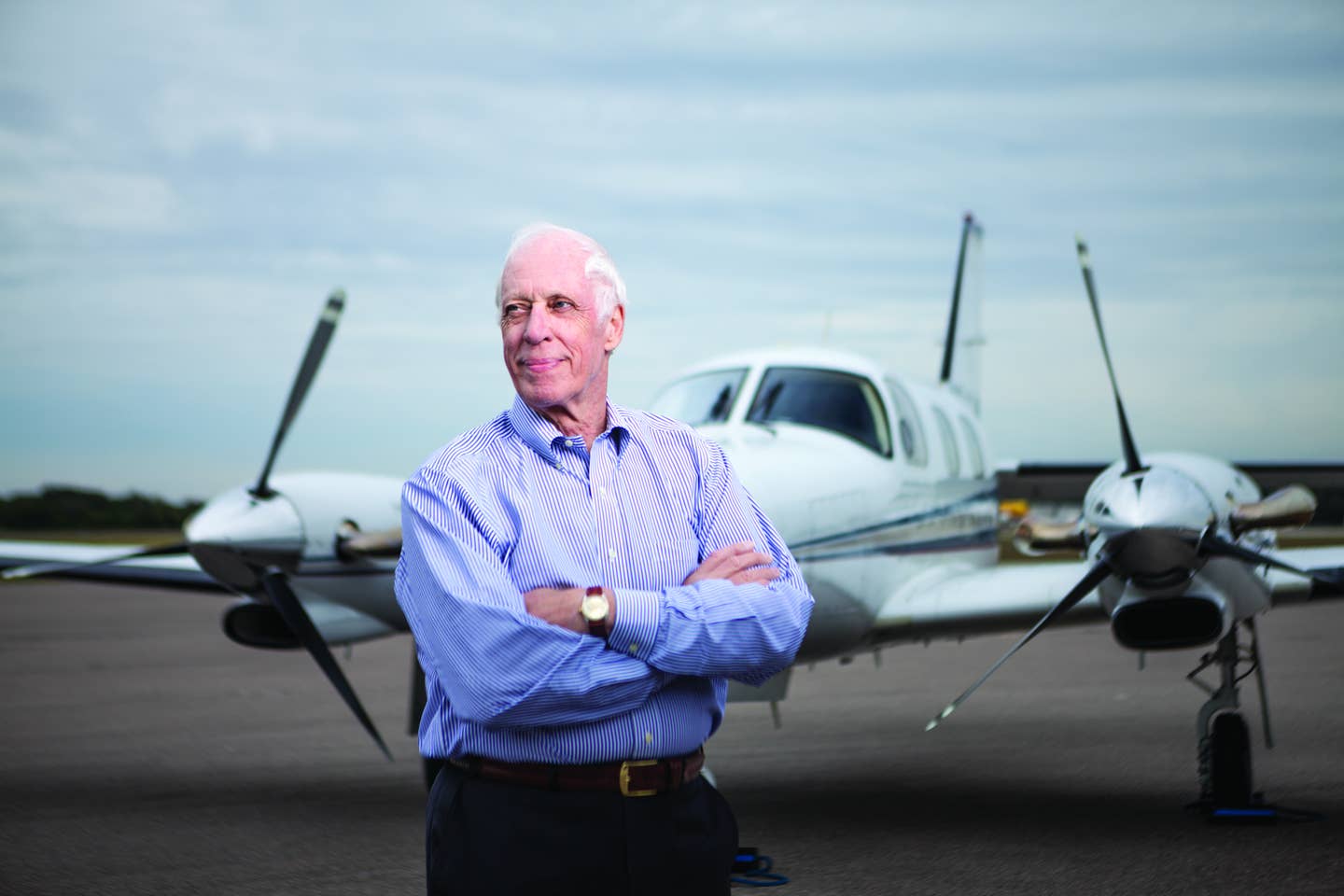Gear Up: Flying Into Canada in the Age of COVID-19
Dick Karl had to go to Hamilton, Ontario, for a meeting recently. Turns out, he had no idea what he was signing up for.

Dick Karl had quite a journey for a two-hour meeting in Hamilton, Ontario. Contributed photo
It was to be a two-hour meeting in Hamilton, Ontario, Canada, in early October.
The preparation for the flight took longer than the meeting.
The U.S. Customs and Border Protection (CBP) information system, called the electronic advance passenger information system, or “eAPIS,” needed to be filled out. And, of course, my password had expired. Thanks COVID. A new password had new setting criteria, so this took a while.
I filled out an eAPIS for a 10:00 departure from Manchester, New Hampshire (KMHT), the nearest airport to the actual airport of departure, Lebanon, New Hampshire (KLEB). My passport information and license number had been preserved under the “crew” heading.
For some reason, my brain and the brain of the CBP eAPIS website run on different algorithms, and I found myself backtracking and redoing much of the information. For instance, I’ve never been able to figure out how to file a return eAPIS when I’m done filling out the departure eAPIS. Rather than Googling how to do this, I usually just start all over. Mind you, this was an out-and-back on the same day.
I filled out a return customs stop for what I thought was 1930Z, or 1530 local, into Buffalo, New York (KBUF).
Next, I called CanPass. This used to be simple—just provide passport numbers, route, arrival airport, and expected time of arrival with the bilingual agent answering the phone. When you arrived in Canada, you called that number, they took the info and said you were good to go.
This has changed. You must now fill out ArriveCAN. The website makes eAPIS look like kindergarten. I had already gotten my COVID test within 72 hours of arrival and I took a picture of the result (negative).
ArriveCAN is designed for commercial aircraft arrivals, but you can submit your tail number by selecting “Other” from the list of airlines. Then select the name of the operator under “Other Airline,” then submit the tail number under “Flight Number.”
This is just the start. You must upload your passport information, arrival information and proof of vaccination. You must also list a place where you would quarantine for 14 days (what?) and provide proof of a negative test.
Flummoxed by the quarantine location, I listed a Marriott Courtyard near the airport and the program accepted that address. Sure hoped they had a vacancy!
After an hour of futzing with the ArriveCAN page, I was awarded a “receipt” number.
Whew.
The next day, I took off on time. The 1½-mile 300 overcast weather was better than predicted when I arrived and the GPS Runway 6 worked great. The line guys at ONWARD were terrific. They called CanPass. CanPass wanted my receipt. What? Oh, yes, the ArriveCAN receipt. Sure. Here’s the number. My meeting partners were standing right there.
We traveled to company headquarters by car, arriving just after noon. So far, so good.
My hosts were welcoming and generous with their time. At 2:45, we headed back to CYHM. On the drive to the airport, I called Buffalo Customs and advised of a 3:45 arrival. The officer was perplexed. “You filed an eAPIS stating a 19:30 arrival.“”Yes,” I said, 1930 Zulu, 1530 local.” No, he said, “eAPIS is local time.” Sure enough, it is. I begged and apologized.
There was a whiff of “this guy’s a moron” in the officer’s voice.
Prior to departure, I showed off my airplane to my hosts. The biggest guy got into the right seat and declared it a tight fit, but once in the seat, it was comfortable (I’m 6′1″ and agree.)
I paid the fuel bill, started up, and took off for Buffalo, just 55 nm away. I was vectored for the ILS 5, which appeared to function normally despite the ATIS admonishment that the approach could not be flown “coupled.” I had heard this before—something about being inaccurate right or left of course.
I landed at 3:54 and taxied to TacAir and shut down. The line guys warned me to stay in the plane. I did. The officer came out promptly. He looked at my passport. When I showed him my vaccination card, he waved it away. I was cleared to exit the airplane. I paid TacAir $35 for using their ramp.
At 4:22, I took off for KLEB for the 58-minute flight home. I was parked by 5:20.
ArriveCAN, CanPass, US CBP eAPIS and three FBOs made it happen. The closest airline possibility was Manchester, New Hampshire (1+30 minute drive) to CYYZ Toronto (30-minute drive). This pairing began at 5:45 Am and included stops in Washington, (KIAD), and Raleigh, North Carolina (KRDU) and took seven hours and 15 minutes.
A business meeting in another country 335 nautical miles away at noon and home for dinner. All possible in a GA airplane. It was fun, too. The next day, we flew to Santa Fe. Lucky me.

Sign-up for newsletters & special offers!
Get the latest FLYING stories & special offers delivered directly to your inbox






